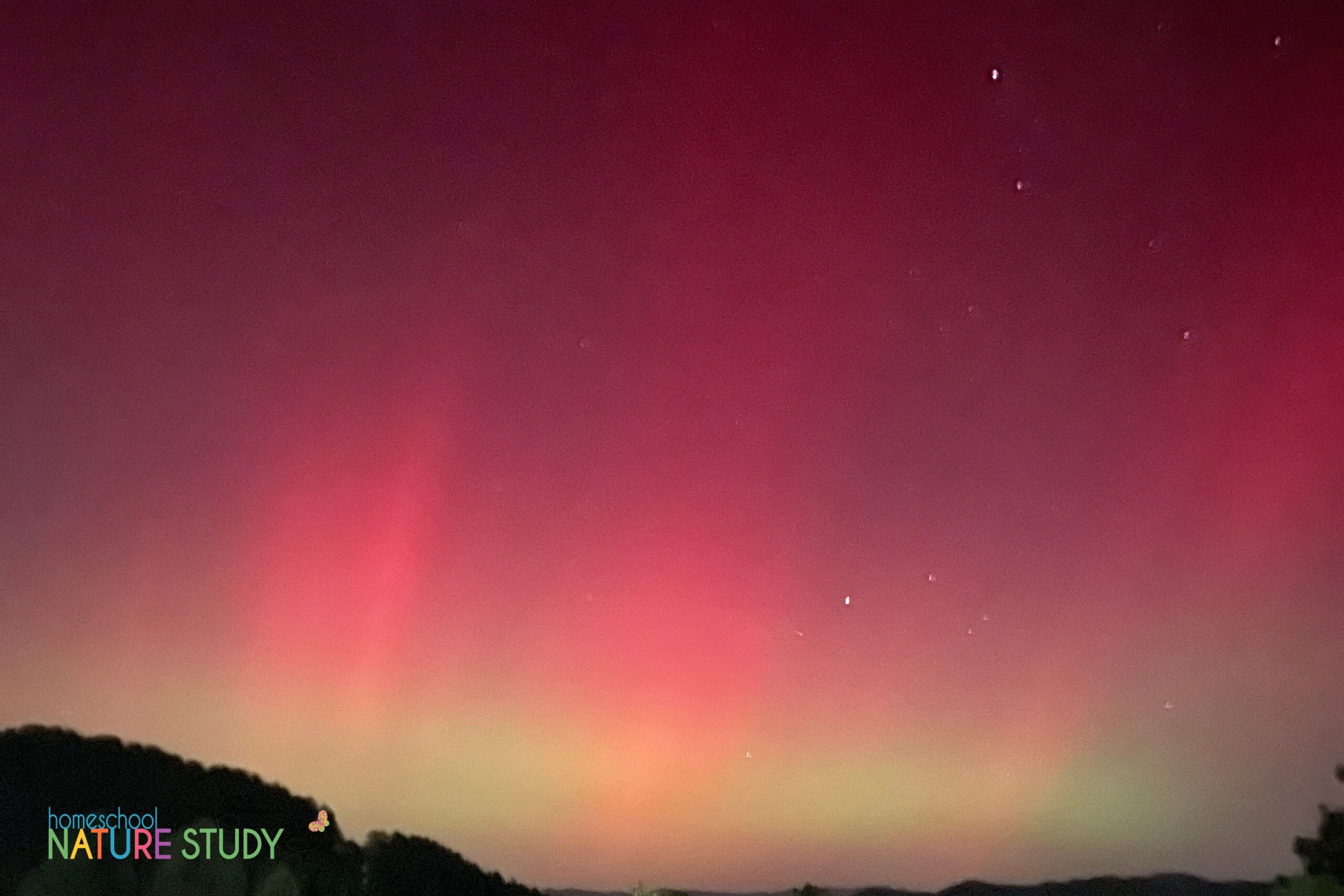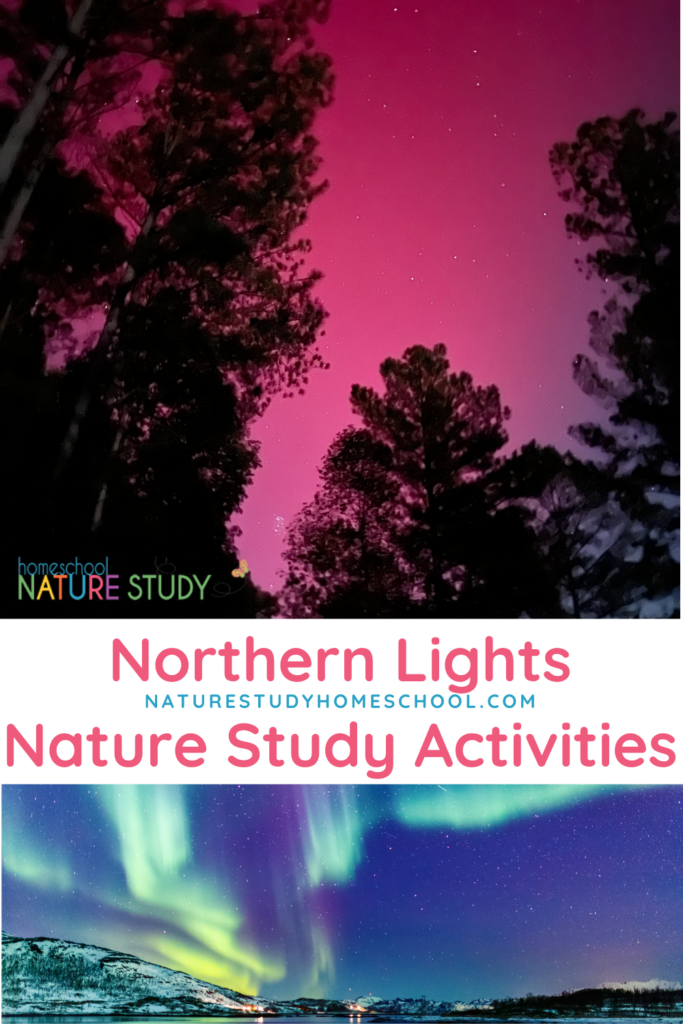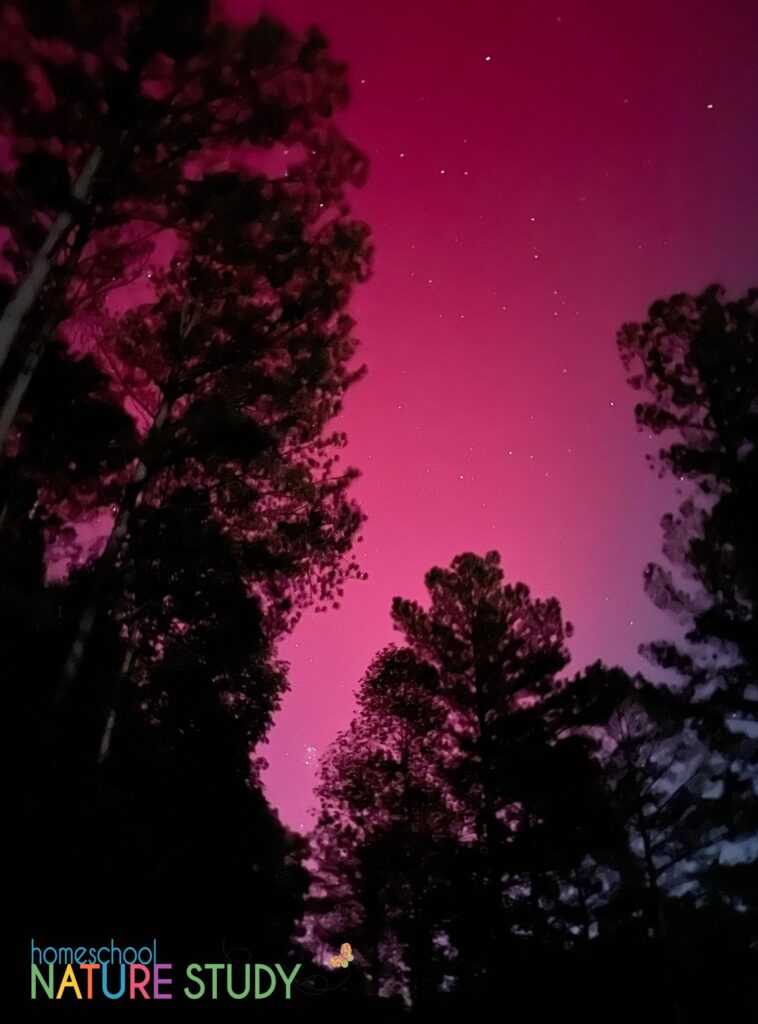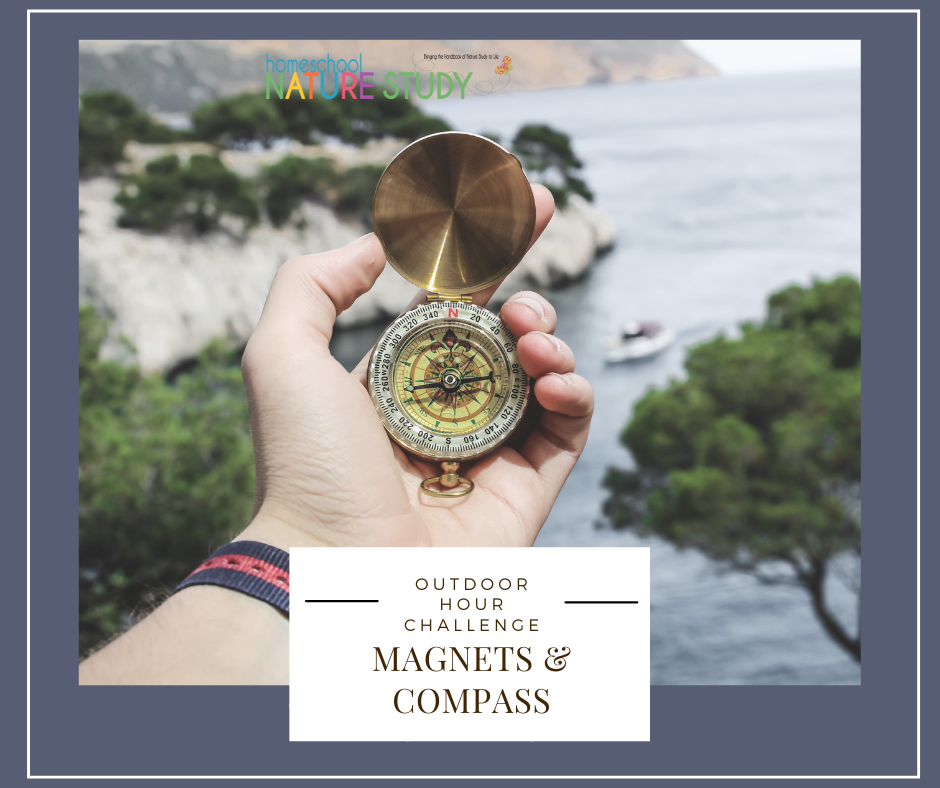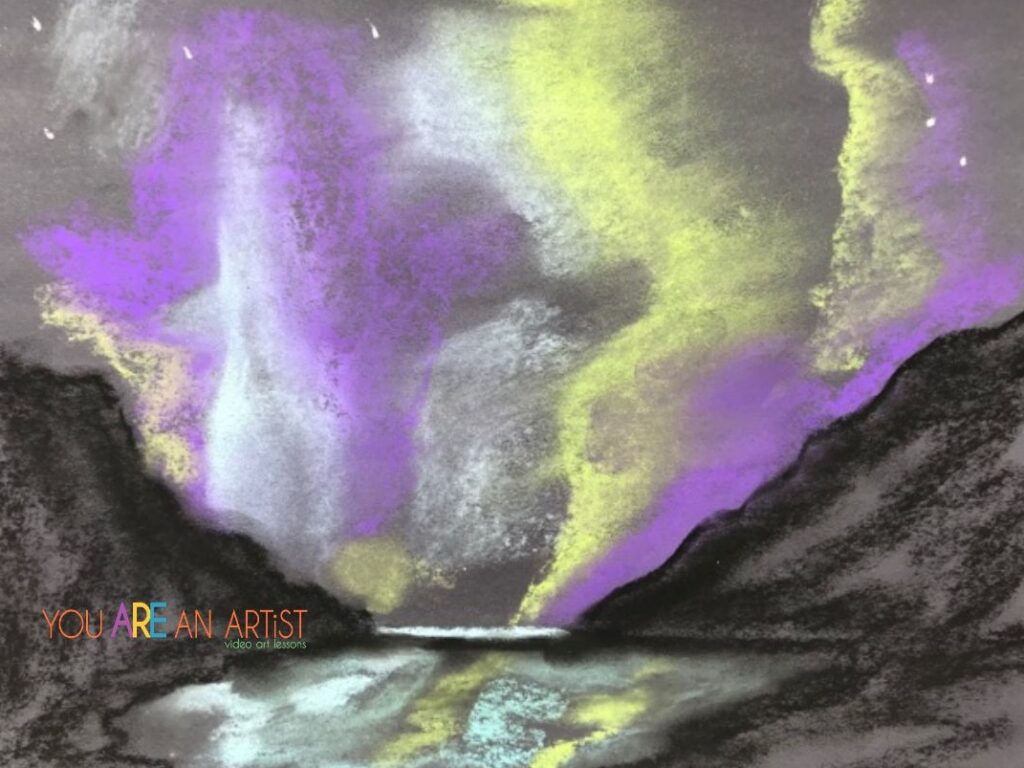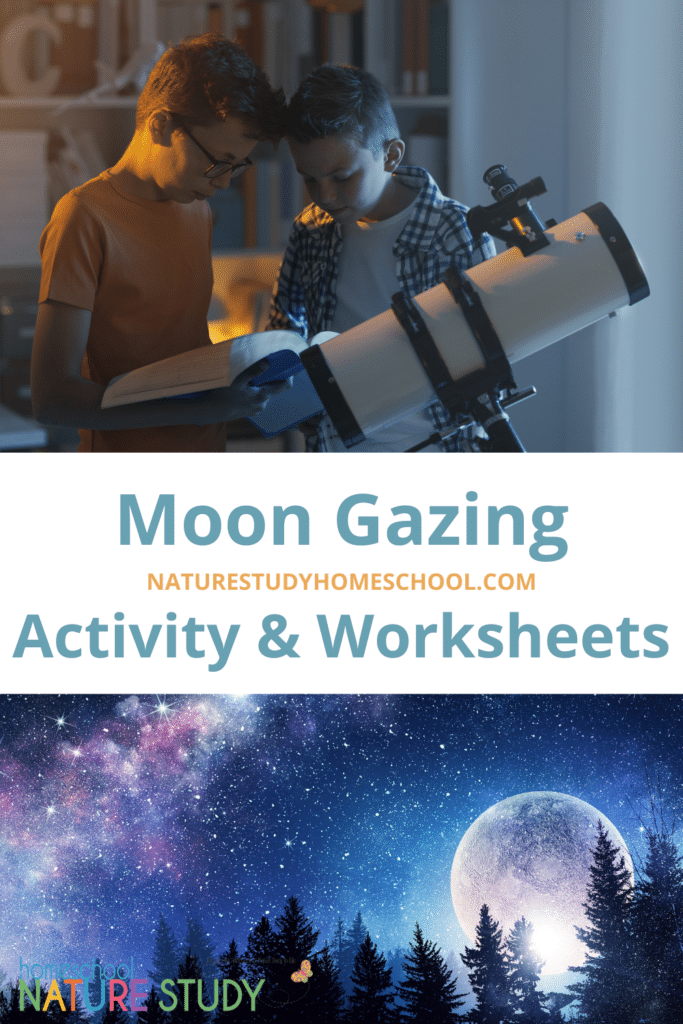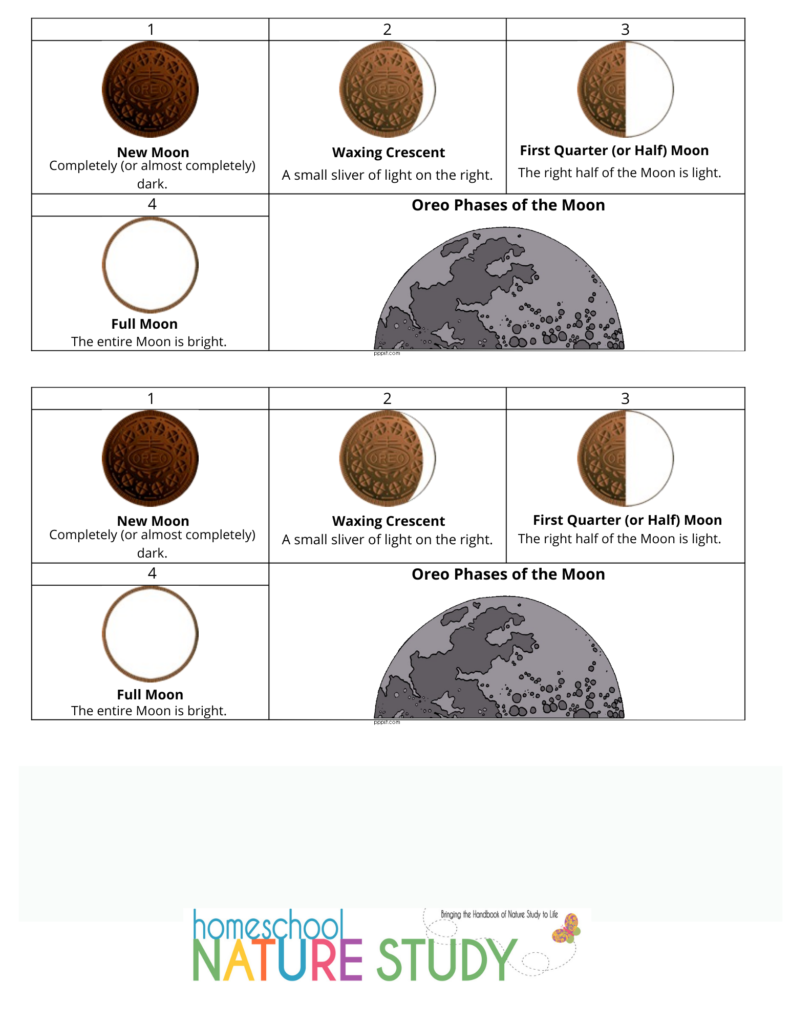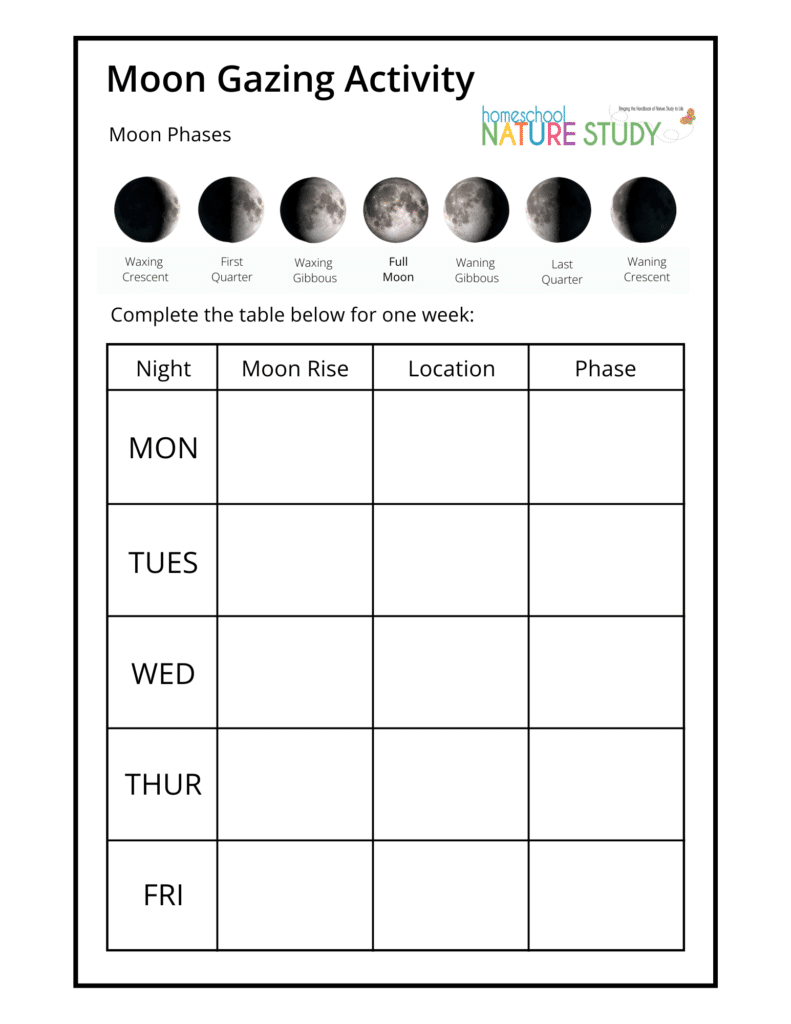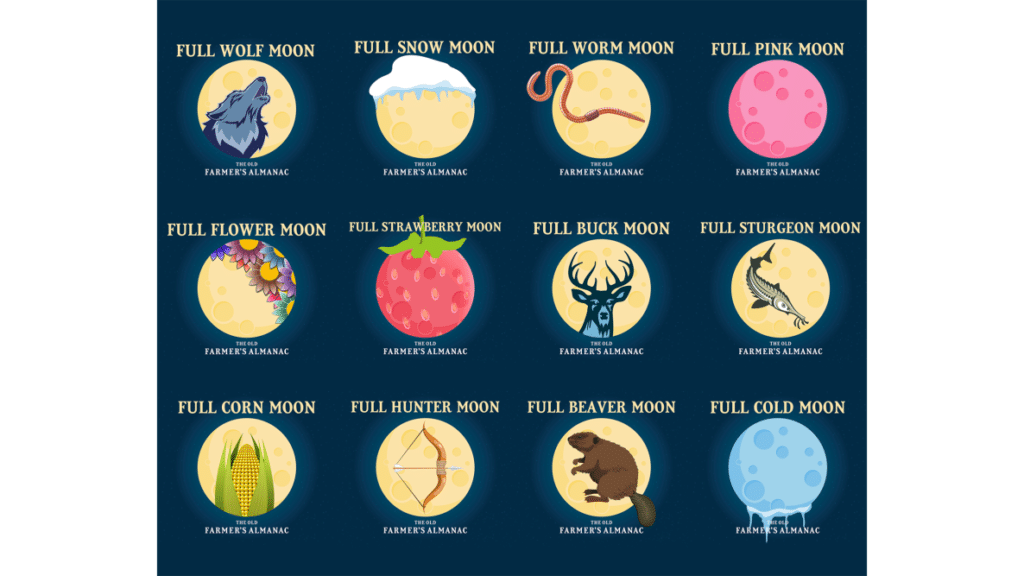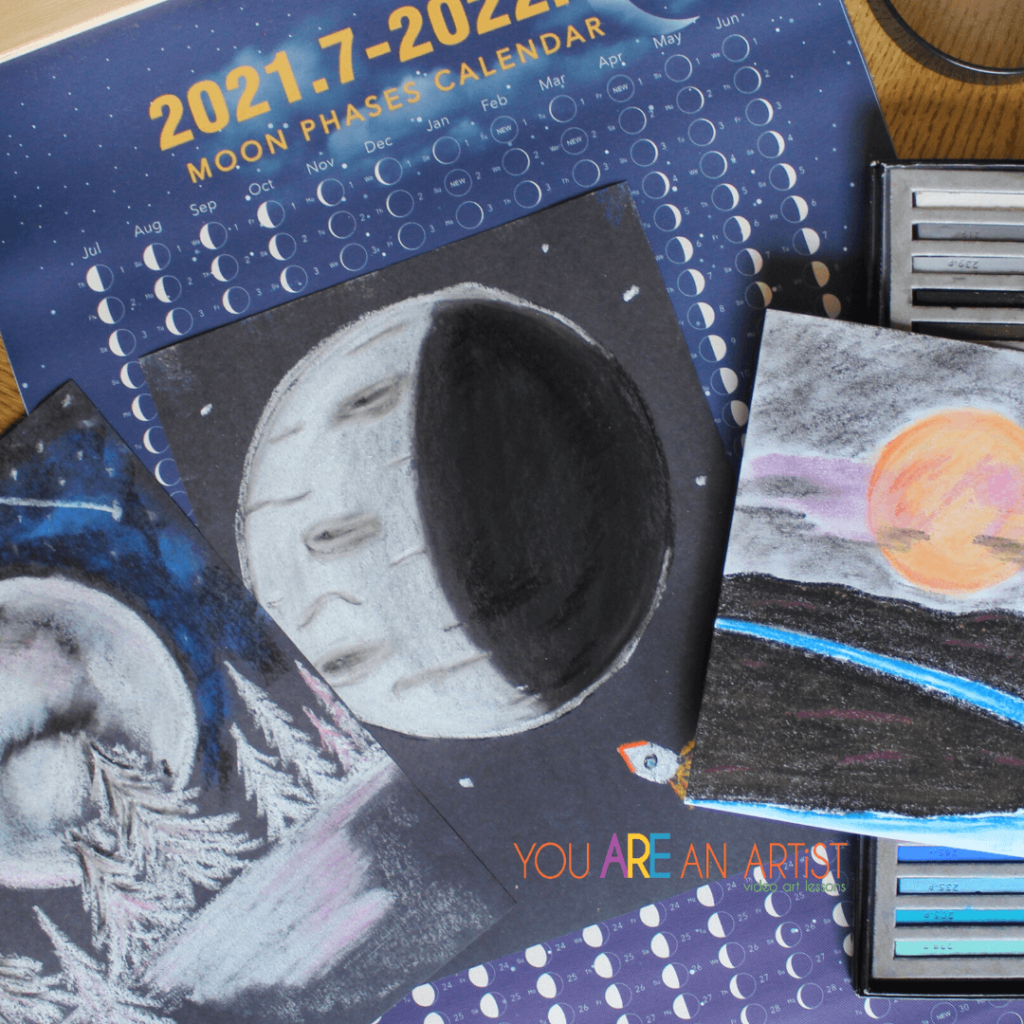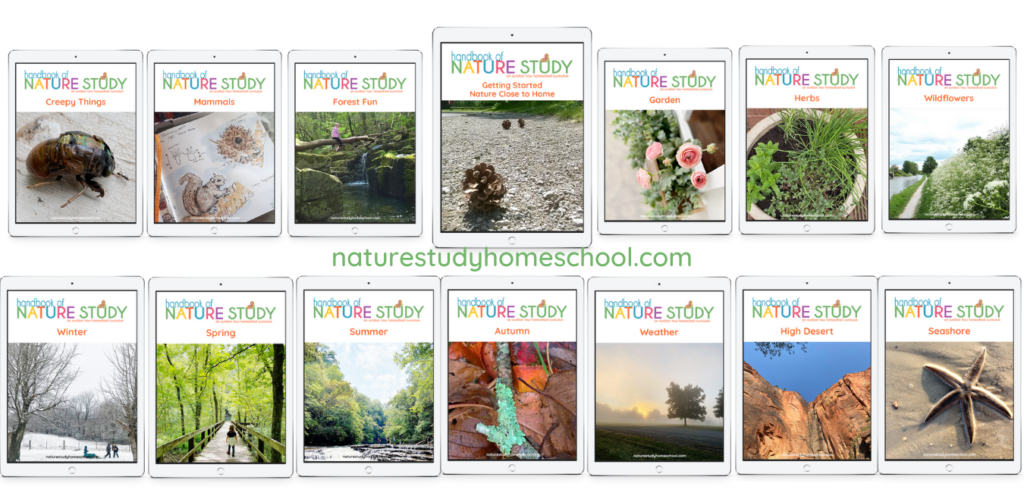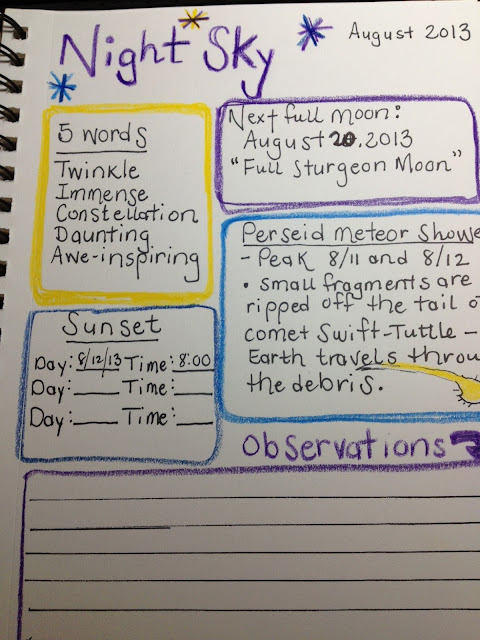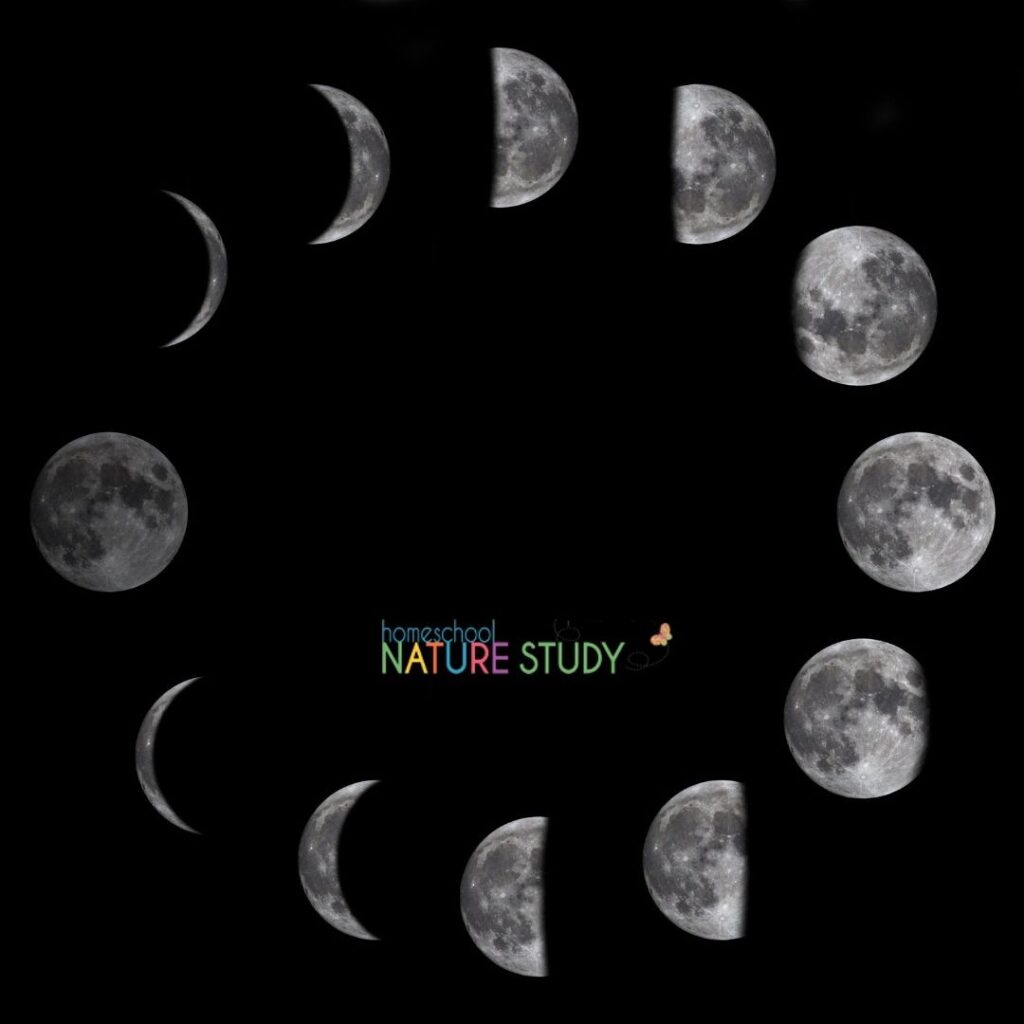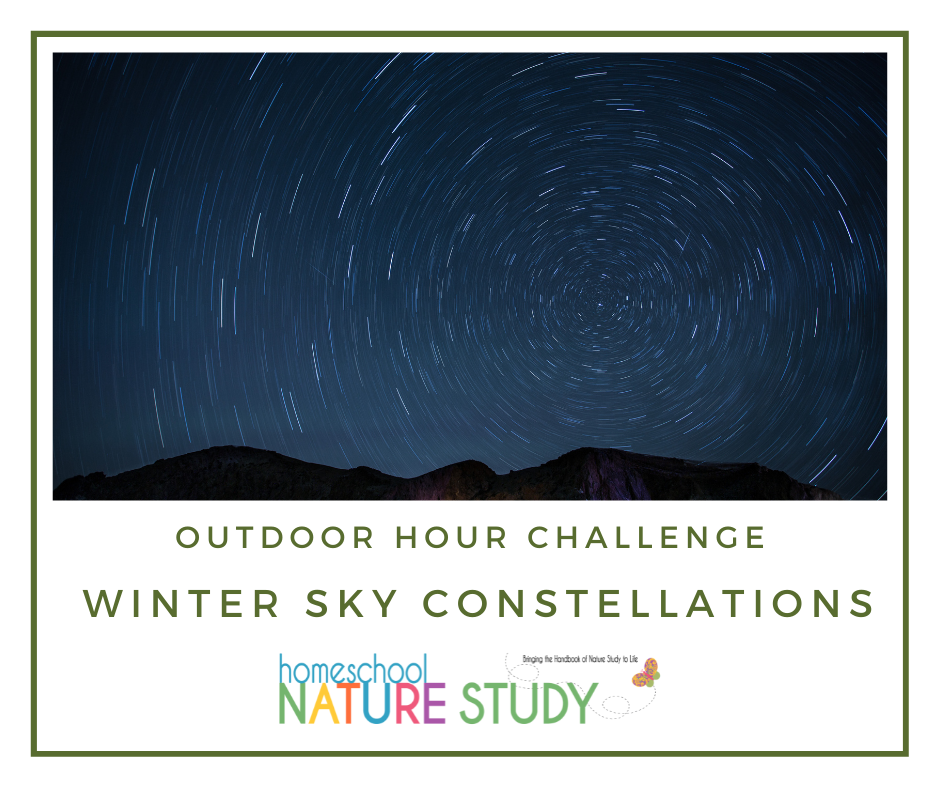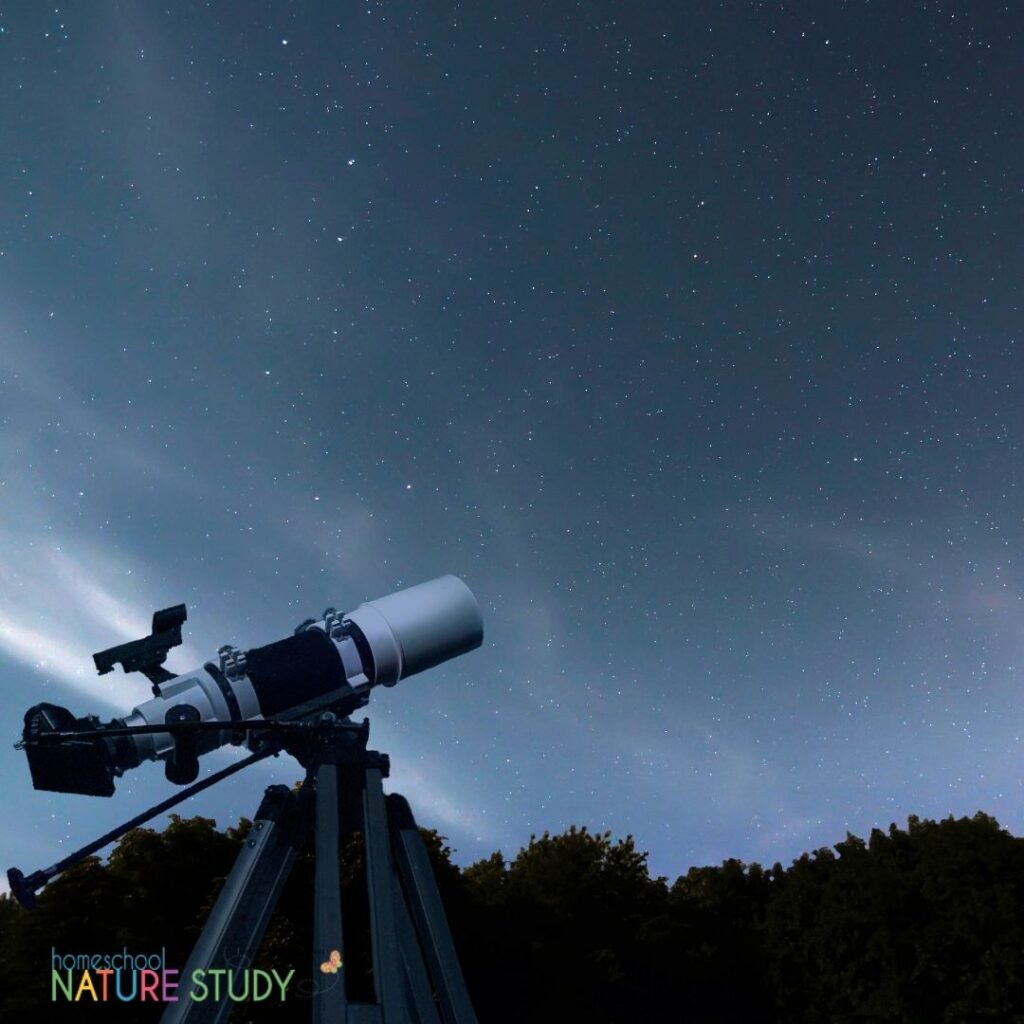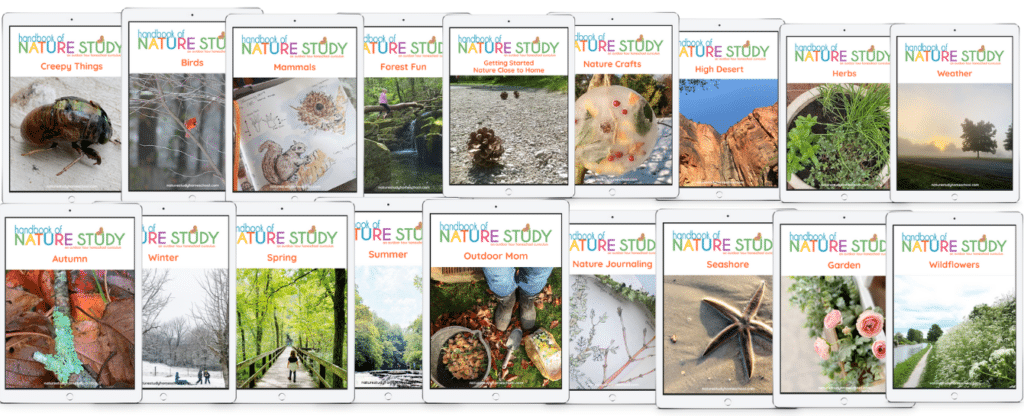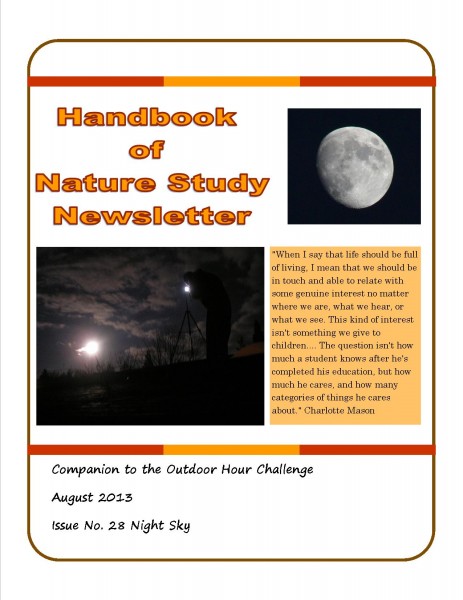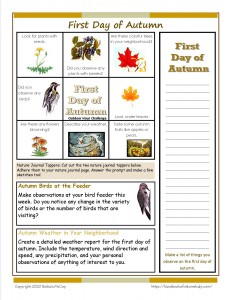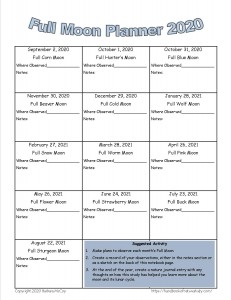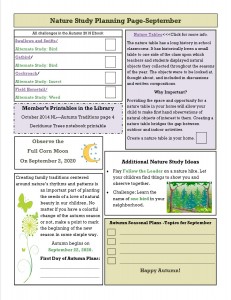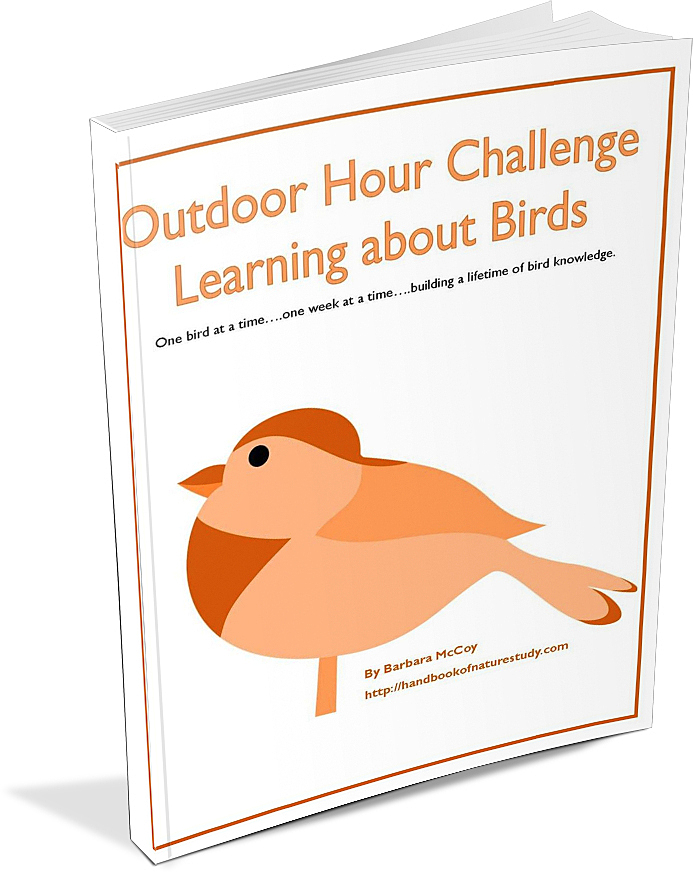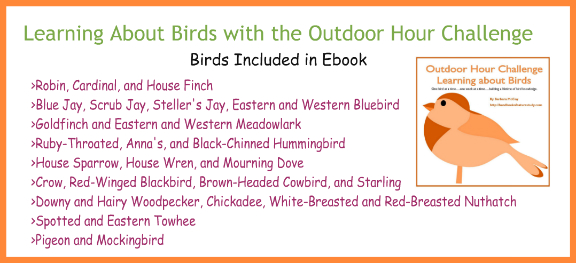
These 10 fabulous first day of summer nature study ideas are perfect for weaving in some family time outside together. A valuable part of any summer bucket list and it takes just a little effort on our part!
Summer time brings a more relaxed rhythm to most of our family life. That doesn’t mean we can’t still be including some outdoor nature study time with our children. It can be as simple as taking a walk and asking them to look for three interesting things or to take a picnic lunch outside to eat under your backyard tree.
10 Fabulous First Day of Summer Nature Study Ideas
Here are some fun First Day of Summer nature study ideas for you to keep in mind for next week. Be sure to mark your calendar!

1. Camp out in your backyard: Since the first day of summer lands on a Saturday this year, plan a sleep out in your own backyard. Spend some of your evening gazing at stars, listening to insects, or take a flashlight walk. Find more ideas in The Ultimate Guide to Camping Activities for Kids and Backyard Camping: Fun For The Entire Family!
2. First Day of Summer Flower Field Trip: Take a trip to your local garden nursery and let you child pick a plant to add to your backyard garden or patio container garden. After you plant your flower, sketch it into your nature journal along with the name of the flower and the date you planted it. You can combine this activity with this Garden Flower Nursery Field Trip ideas and printable.
3. Twilight at the Zoo: Many zoos have an evening option during this time of year. Check their calendar of events to see if your zoo has a special event for the first day of summer.
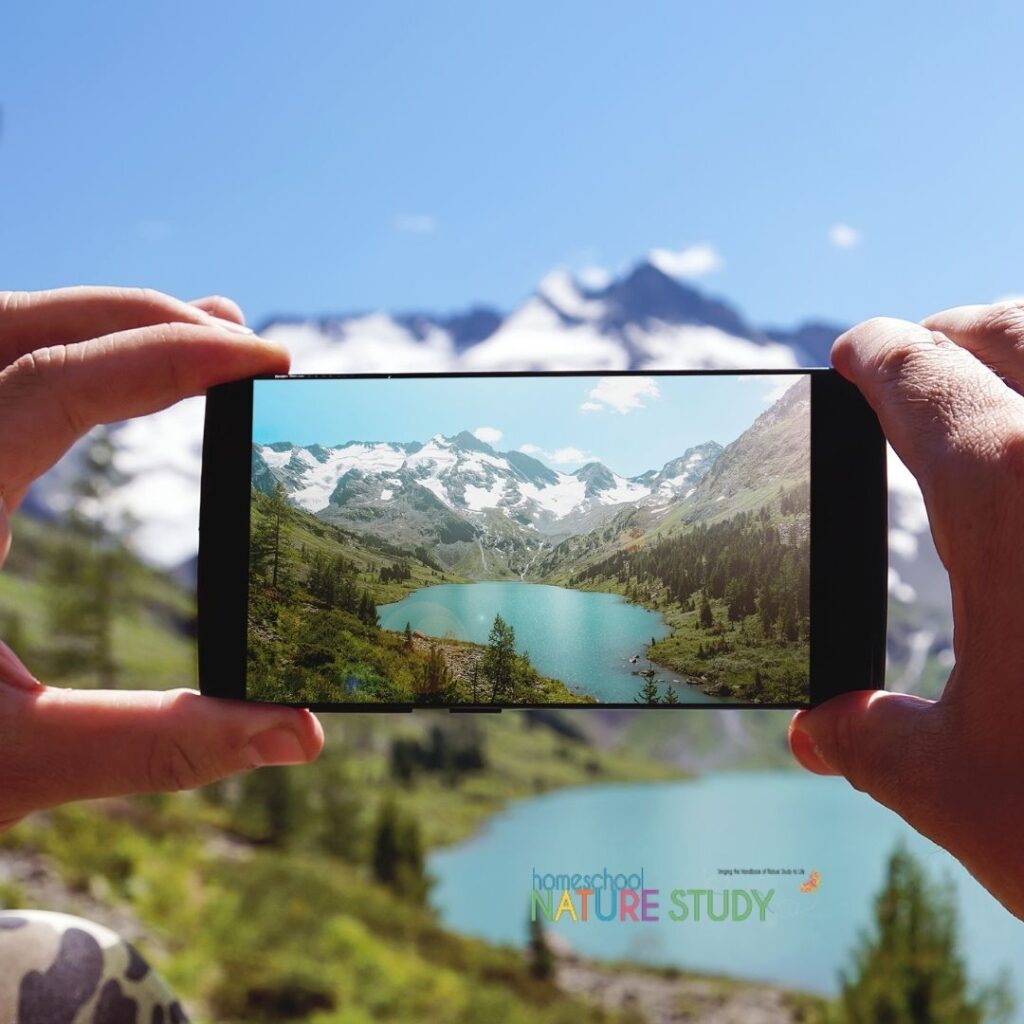
4. First Day of Summer Photo Walk – take a camera outdoors and find some special First Day of Summer subjects, take a photo, print a few out, safely tuck them into your nature journal. You can combine this with the Summer Photo Challenge.
5. First Day of Summer notebook page – done after a nature walk, preferably under a shade tree with some fresh lemonade in hand.
6. Summer Insect Study – As the warm weather brings flowers you might find more insects flying around. It’s a great time to plan a summer insect nature study. There’s such a wealth of knowledge about insects in the Handbook of Nature Study by Anna Botsford Comstock. Using the lessons along with the Outdoor Hour Challenge will make you confident to tackle an insect nature study this summer. You won’t need to travel far to find an insect to learn about with your children!

7. The Homeschool Mom’s Charlotte Mason Summer Nature Study Guide – “On fine days when it is warm enough to sit out with wraps, why not take tea and breakfast, everything but a hot dinner, be served out of doors? For we are an overwrought generation, running to nerves as a cabbage runs to seed; and every hour spend in the open is a clear gain, tending to the increase of brain power and bodily vigor, and to the lengthening of life itself. They who know what it is to have fevered skin and throbbing brain deliciously soothed by the cool touch of the air are inclined to make a new rule of life, Never be within doors when you can rightly be without.” Charlotte Mason – The Original Homeschool Series.
8. Summer Senses Nature Study – you do not need anything other than your five senses. We are going to take heed of what Charlotte Mason advised and we are going to allow our children to notice things by themselves.
9. Fascinating Fireflies or Moths Study – Fireflies are fascinating! In this study, learn if there is a pattern to the light flashing. Enjoy an up close fireflies and moths summer nature study. Explore even more summer nighttime nature studies!
10. Night Sky and Moon Gazing Activity – Take some time this next week to get outside at night and enjoy a beautiful night sky homeschool nature study. Allow plenty of time for your eyes to adjust to the darkness and just enjoy gazing up at the heavens. Use some of these suggestions to get started with some simple night sky observations.
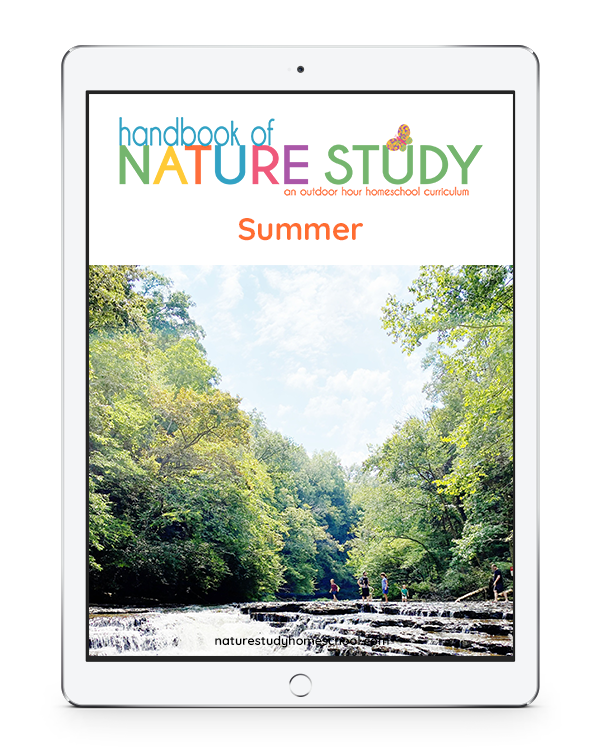
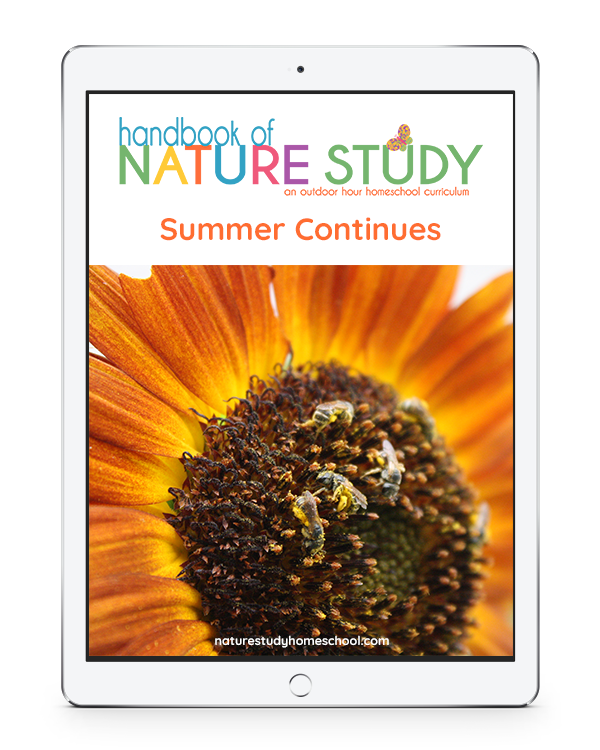
More Summer Nature Studies
Find even more to discover and learn about this summer! Our summer series of Outdoor Hour Challenges included in membership. Explore ponds and lakes, meadows and fields, the seashore, the woodlands and so many beautiful summer topics!
Homeschool Nature Study Membership for Year Round Support
Can you believe all of these summer homeschool resources you will find in membership? You will also find a continuing homeschool nature study series plus all the Outdoor Hour Challenges for nature study in our Homeschool Nature Study membership. There are 25+ continuing courses with matching Outdoor Hour curriculum that will bring the Handbook of Nature Study to life in your homeschool! In addition, there is an interactive monthly calendar with daily nature study prompt – all at your fingertips!
Be inspired. Be encouraged. Get outdoors!

Tricia and her family fell in love with the Handbook of Nature Study and the accompanying Outdoor Hour Challenges early in their homeschooling. The simplicity and ease of the weekly outdoor hour challenges brought joy to their homeschool and opened their eyes to the world right out their own back door! She shares the art and heart of homeschooling at You ARE an ARTiST and Your Best Homeschool plus her favorite curricula at The Curriculum Choice. She and her husband, Steve, are also publishers of Unit Studies by Amanda Bennett.

